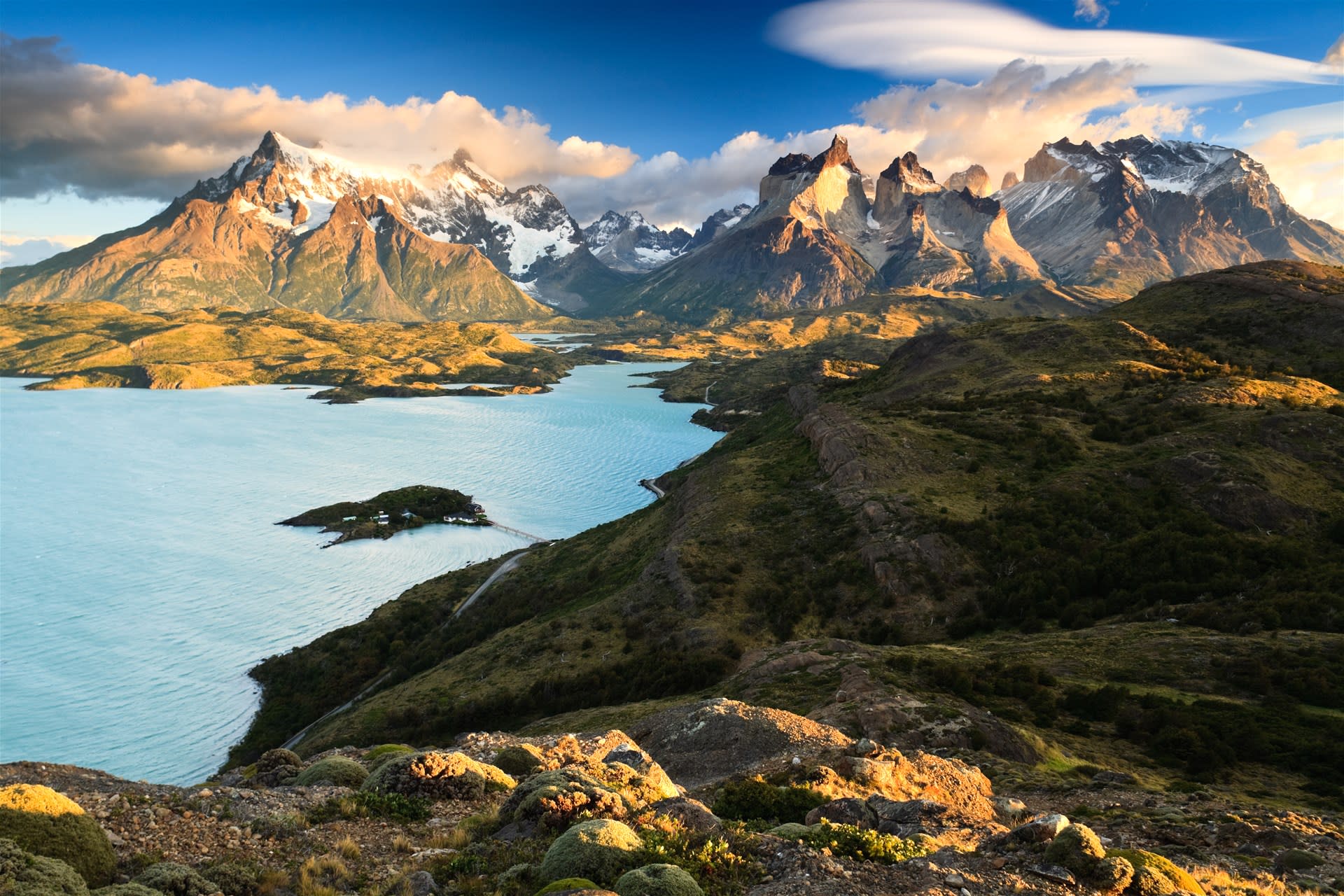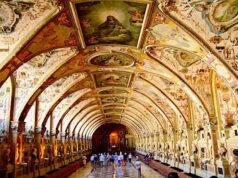I love learning about new places and visiting them, but sometimes it’s nice to know you have a firm foundation of knowledge before logging off to the unknown. For example, before I visited Chile for the first time in 2011, I knew about Santiago and the Andes, but had no clue what I was getting myself into. Through a combination of research, research, and more research, I was able to immerse myself in the Chilean culture and experience much more than I expected.
Enjoy this article (and others on this blog) as they provide a lot of information and tips that will help you to understand what Chile is all about and help you decide if you should make the trip.
Travel is not just about visiting tourist places, it is about an authentic experience that brings you closer to a new part of the world, a different culture and different people. Travel can expand your awareness and perspective and help you create lasting memories and relationships. With people almost as diverse as the landscape, Chile is a great place to discover the uniqueness of the world. From the Andes to Antarctica, this country calls for some truly unique explorations.
In the north of the country lies the garden of Atacama, the valley of Huasco. On a trip to the area, you will discover an important crop of the region – olives, which were brought by the Spaniards when they first settled in the area. The area offers many opportunities for ecotourism and agrotourism, including visits to orchards and demonstrations of olive tasting. Olive trees of more than 100 years old along the Olive Route in Atacama, Chile (Photo from Chile)
 Visitors to the area can also learn about the culture of Diaguita. A trip to the wilderness offers the best opportunities for stargazing. The Huasco Valley is also home to the Llanos de Challe Park, which is not to be missed. The world biosphere reserve Laguna del Laja is located in the southeast of Chile. This reserve is home to the Andino Ecobox, a mountain retreat with four lodges that run on renewable energy and reduce environmental impact. If you’re visiting Chile and want to spend a few days before you leave, or if you want time to sit and reflect on your forested surroundings, the Ecobox Andino is a great option for an ecological trip.
Visitors to the area can also learn about the culture of Diaguita. A trip to the wilderness offers the best opportunities for stargazing. The Huasco Valley is also home to the Llanos de Challe Park, which is not to be missed. The world biosphere reserve Laguna del Laja is located in the southeast of Chile. This reserve is home to the Andino Ecobox, a mountain retreat with four lodges that run on renewable energy and reduce environmental impact. If you’re visiting Chile and want to spend a few days before you leave, or if you want time to sit and reflect on your forested surroundings, the Ecobox Andino is a great option for an ecological trip.
The real cultural experience is in the mountains, a short drive from Santiago, and is called the route of living treasures. In cooperation with the local communities, the inhabitants of the path welcome the travelers on horseback or by mule. Each guide will teach you how to care for your horse and how to navigate the hilly terrain to the stars. Cultural immersion and sustainable travel are the highlights of this experience.
The island of Chiloé is the second largest island in South America and has a unique culture. From all-wood churches to brightly coloured houses and shops floating on stilts across the bay, Castro, the island’s capital, is the perfect place for those looking to discover something completely different. Visitors to the island can visit the Castro Farmers’ Market and then take part in a cooking class, where a chef will show them how to prepare the typical dishes of the island. A graceful guanaco looks out over Lake Pehoe in Chile. (Photo via kavram / iStock / Getty Images Plus)
 One of the most popular places to explore in Chile is the Patagonia region, known for its penguins and glacial landscapes. If you want to get as close as possible to the landscape and its wildlife, stay at Ecocamp, the world’s first carbon-neutral geodesic dome hotel, located in the heart of Torres del Paine National Park. Built by the people of Kaveskar, sustainability is paramount at this hotel, which also offers tours to help you get the most out of your experience. Responsible travel to Chile is easy, and these five experiences are just a few of the incredible experiences this South American country has to offer its visitors. For more information about Chile, click here.
One of the most popular places to explore in Chile is the Patagonia region, known for its penguins and glacial landscapes. If you want to get as close as possible to the landscape and its wildlife, stay at Ecocamp, the world’s first carbon-neutral geodesic dome hotel, located in the heart of Torres del Paine National Park. Built by the people of Kaveskar, sustainability is paramount at this hotel, which also offers tours to help you get the most out of your experience. Responsible travel to Chile is easy, and these five experiences are just a few of the incredible experiences this South American country has to offer its visitors. For more information about Chile, click here.




